Case Studies in Successful Mechanical Designs
In the ever-evolving field of mechanical engineering, success is often measured by the efficiency, reliability, and innovation of the designs created. These designs play a crucial role in a wide range of industries, from automotive and aerospace to healthcare and consumer goods. Today, we'll explore several case studies of successful mechanical designs that have made a significant impact on their respective fields.
2024-03-04
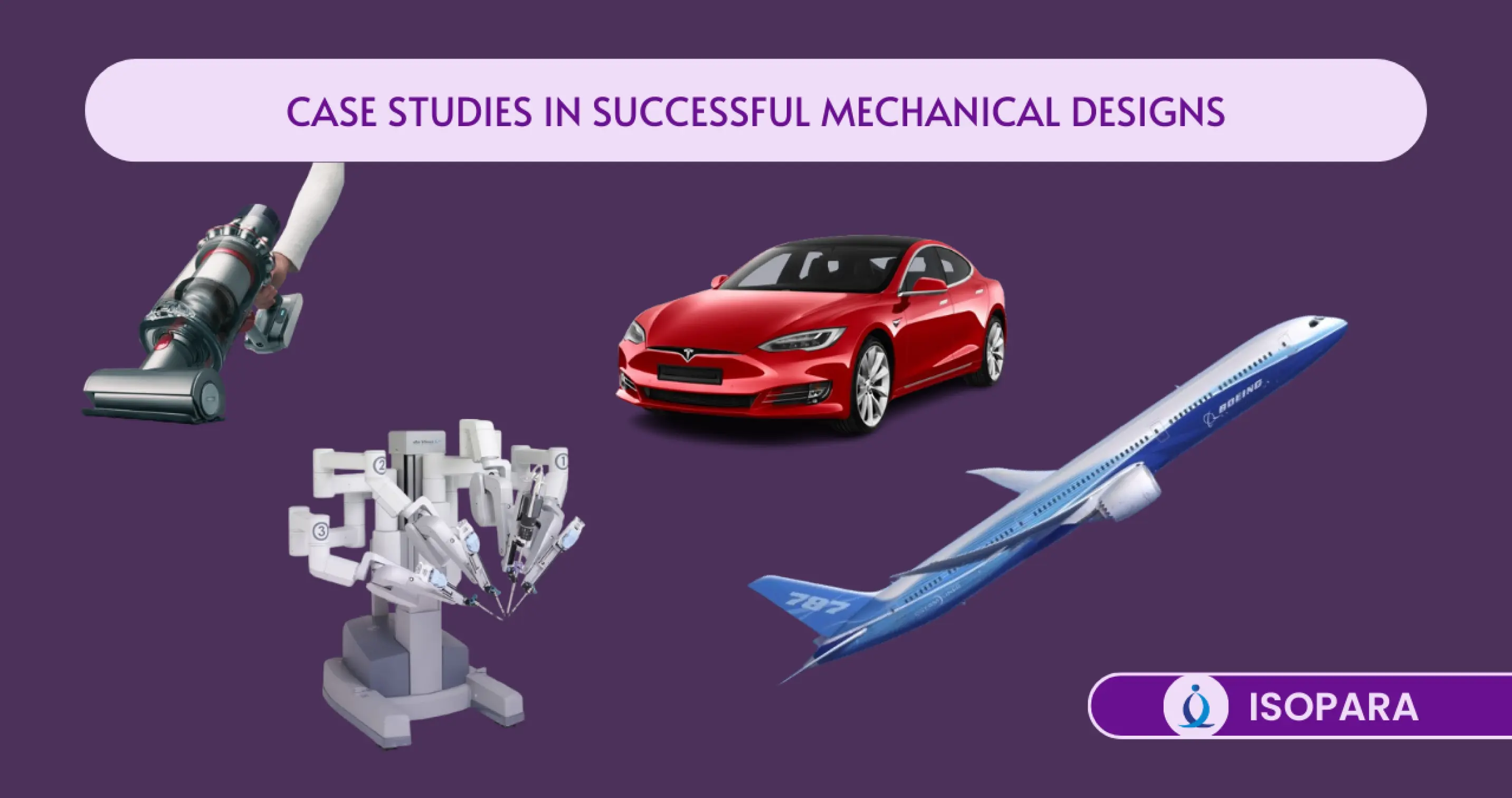
Case Study 1: Tesla Model S
Background: Tesla, led by visionary entrepreneur Elon Musk, is a company known for pushing the boundaries of electric vehicle (EV) technology. The Tesla Model S, a luxury electric sedan, is one of the company's flagship products.
Design Features: The Model S boasts an innovative design that maximizes aerodynamics and energy efficiency. Key design features include a sleek and aerodynamic body, a low center of gravity due to the placement of heavy battery packs under the floor, and efficient electric motors.
Impact: The Model S has redefined the perception of electric vehicles, proving that they can be luxurious, high-performance, and practical. The success of the Model S has influenced the entire automotive industry, prompting other manufacturers to invest heavily in electric vehicle technology.
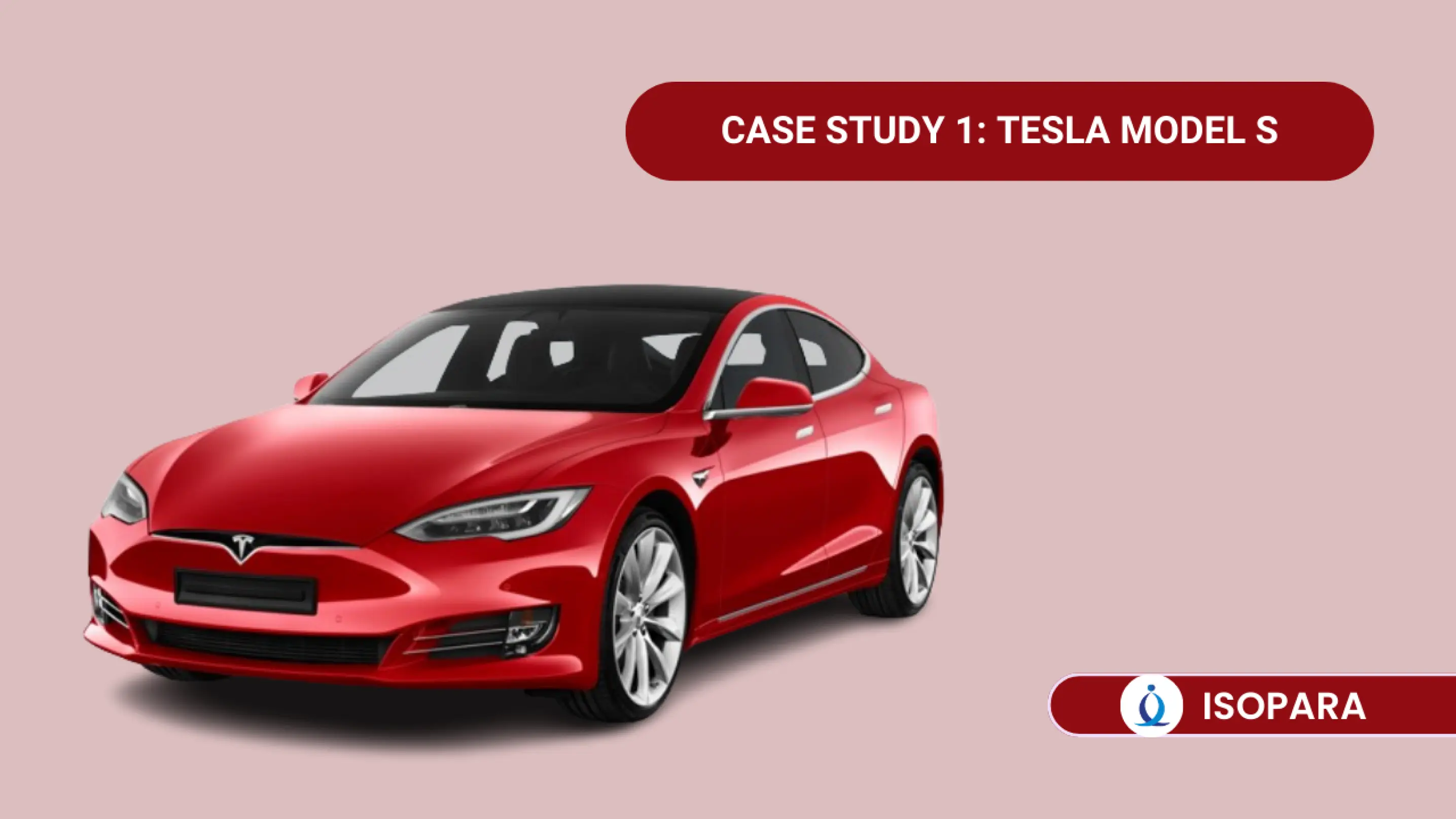
Case Study 2: Boeing 787 Dreamliner
Background: The Boeing 787 Dreamliner is a revolutionary aircraft that has transformed the aviation industry. It is the first commercial airplane to use a significant amount of composite materials in its construction.
Design Features: The Dreamliner's design incorporates advanced materials like carbon fiber composites, which make the aircraft lighter and more fuel-efficient. It also features advanced aerodynamics and a revolutionary electrical system.
Impact: The Dreamliner has set new standards for fuel efficiency, passenger comfort, and environmental sustainability in commercial aviation. Its success has influenced the design of subsequent aircraft and has led to a greater emphasis on composite materials in aerospace engineering.
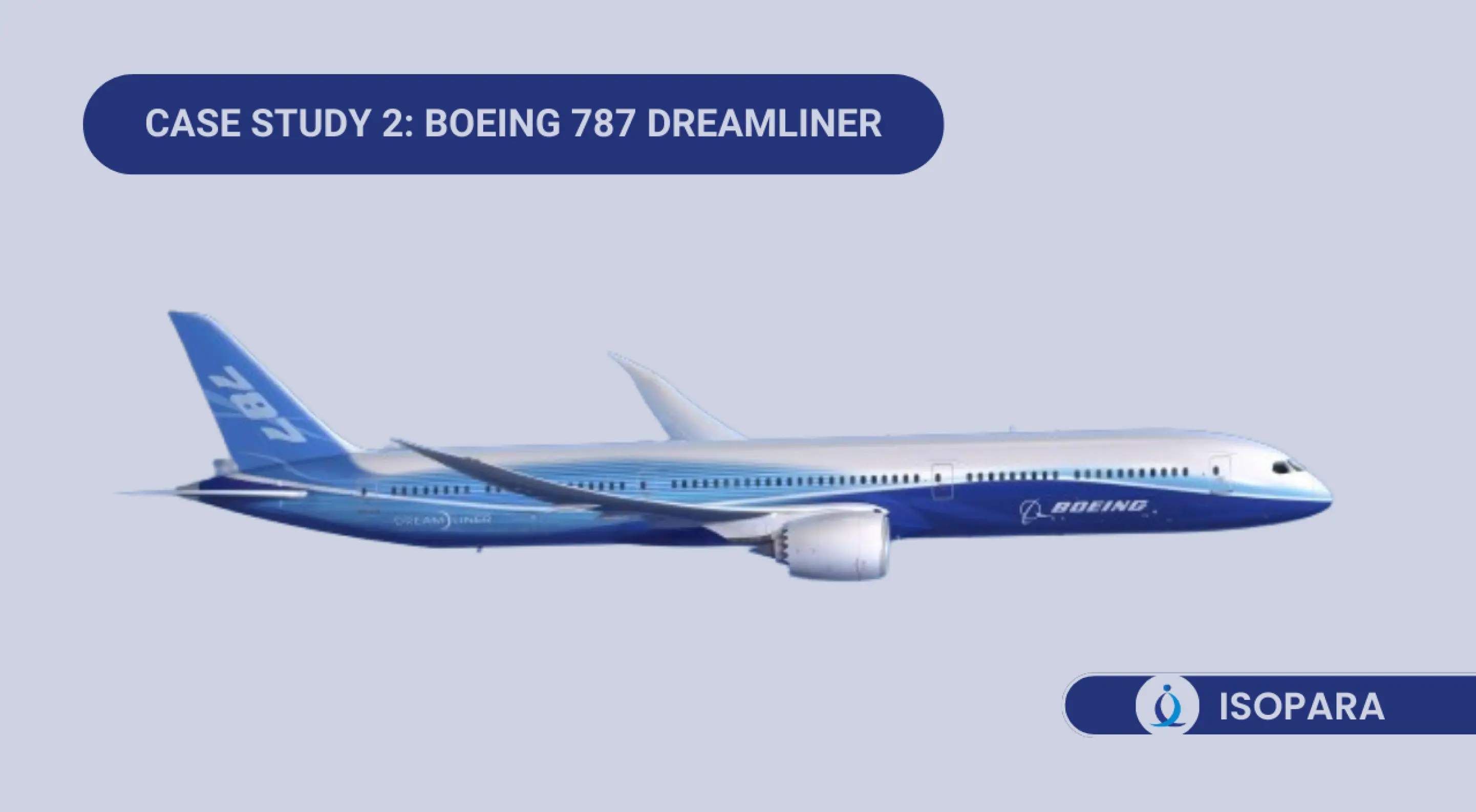
Case Study 3: Da Vinci Surgical System
Background: The Da Vinci Surgical System, developed by Intuitive Surgical, is a robotic surgical system that allows surgeons to perform minimally invasive surgeries with greater precision and control.
Design Features: The system consists of a console where the surgeon sits, controlling robotic arms equipped with surgical instruments. The instruments have a range of motion greater than that of the human hand and wrist, allowing for precise movements.
Impact: The Da Vinci Surgical System has transformed the field of surgery, enabling complex procedures to be performed with smaller incisions, reduced blood loss, and shorter recovery times. It has become a standard tool in many hospitals worldwide, improving patient outcomes and surgical efficiency.
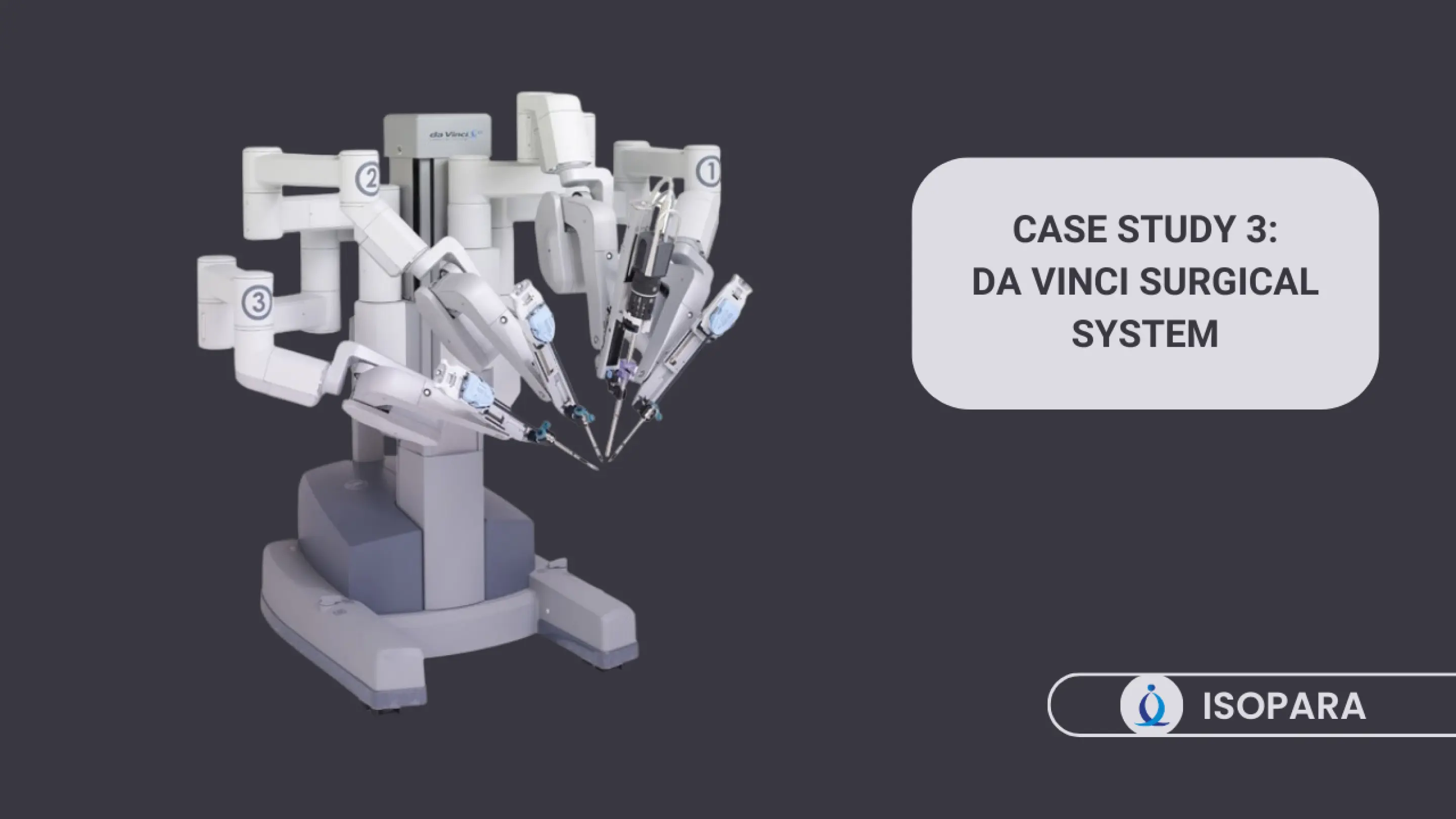
Case Study 4: Dyson Cyclone Vacuum Cleaner
Background: Dyson, a British technology company, is known for its innovative household products. The Dyson Cyclone vacuum cleaner is one of its most successful designs.
Design Features: The Cyclone uses a cyclonic separation technology that creates a powerful vortex to remove dirt and debris from the air. It also features a bagless design, making it more convenient and environmentally friendly.
Impact: The Cyclone vacuum cleaner has revolutionized the vacuum cleaner industry, setting new standards for performance, reliability, and convenience. Its success has led to the widespread adoption of cyclonic separation technology in vacuum cleaners and other cleaning devices.
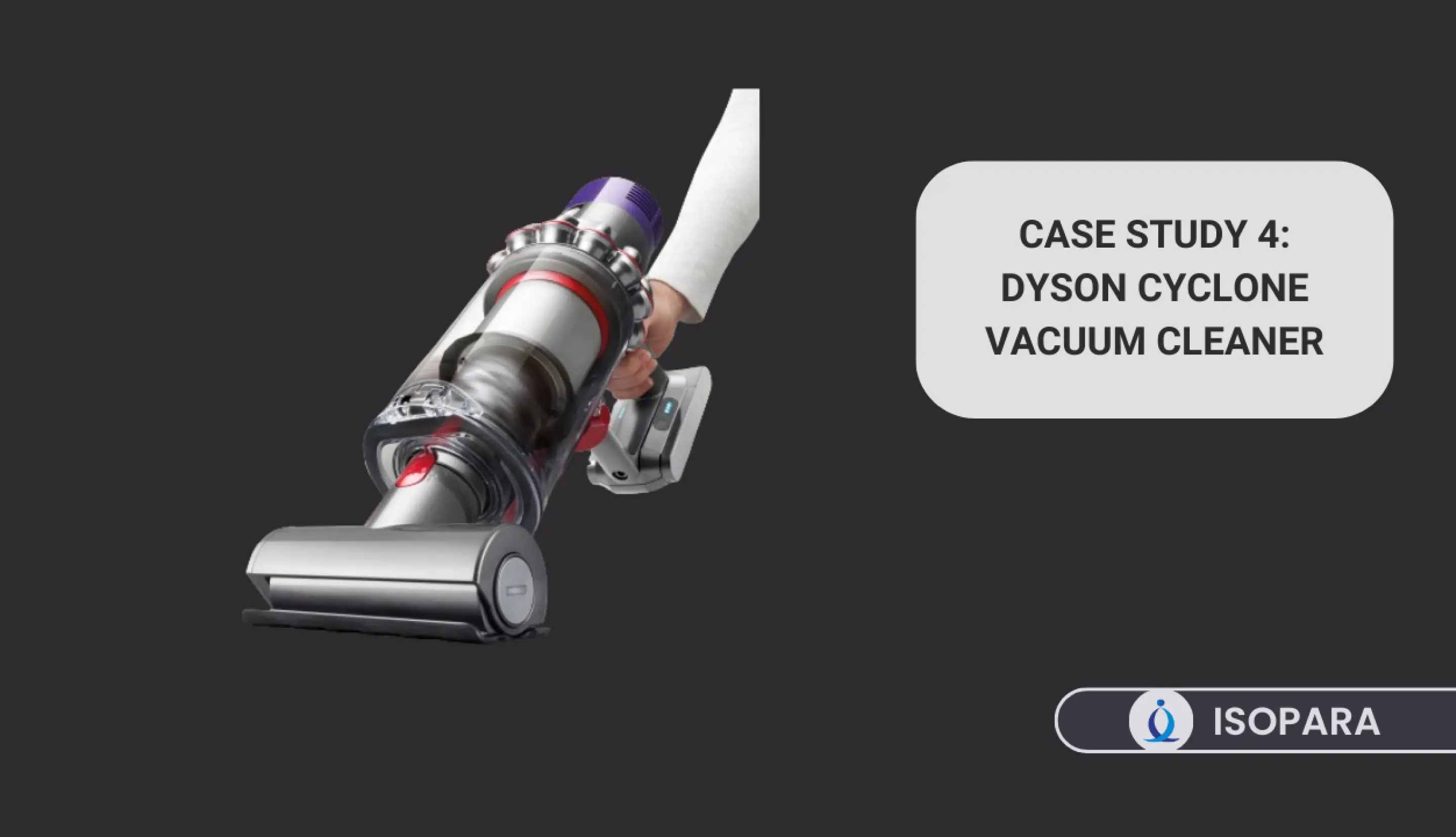
Hence, these case studies highlight the importance of innovative and successful mechanical designs in various industries. Whether it's redefining the perception of electric vehicles, transforming commercial aviation, revolutionizing surgical procedures, or setting new standards in household appliances, these designs have made a lasting impact on their respective fields.
As mechanical engineers continue to push the boundaries of what's possible, we can expect to see even more groundbreaking designs that shape the future of technology and improve the quality of life for people around the world.
Author

Naresh Kumar ( Sr. Design Engineer)
Total 4 Blogs viewSr. Design Engineer with 6+ years of experience with plastic trims-Exteriors and Interiors. Working with some big names in the industry, like OEMs and Tier-1 suppliers.
Author’s journey so far:
My journey started after finishing my BTech degree, and I felt lost. People around me suggested that to try competitive exams like GATE, PSUs, and IES. So, I gave it my all for two years, but it didn't feel right for me. I then shifted my focus to government exams, like the Bank PO exam, hoping for a better fit. But even that didn't work out as planned. At this point, I realized that I wanted to do something related to mechanical engineering, my field of study. I discovered the design engineer role, which sounded interesting and had a promising future. I began wondering how I could break into this field. That's when I stumbled upon isopara.com, a place that seemed to hold the key to my future. I read blogs and reviews about Isopara, and I was impressed. So, I decided to take a chance and called their office. Our discussion opened up new possibilities that changed the direction of my life. So, I packed my bags and left my hometown for Pune. I got a joined course at ISOPARA the very next day, in Plastic trims. At first, I didn't know what I was doing, but I followed their instructions to the letter. Every day was a new challenge, but I kept at it, doing assignments and exercises. I was learning the ins and outs of design, from the basics to the advanced stuff, using CATIA. Fast forward six years, and here I am, working with some big names in the industry, like OEMs and Tier-1 suppliers. It's been quite a journey from that phone call to where I am today.
Course done and recommended by Author:

Other Trending Videos
- 3-Steps || Choose the Right CAD Software with the Right Domain
- Roadmap || Become an Automotive Design Engineer in BIW Domain.
- Roadmap || Become an Automotive Design Engineer in Plastic Domain
- Not Getting Interview CALLS? || Career Guidance
- Mechanical Design Jobs || Domain Skill
- Why CAD and its Importance? || By Experts
- Difference || CAD Engineer Vs Design Engineer
- Best CAD Software to Learn & Build a Career || By Experts
- Best CAD Software to Learn || Most Demanded by Industries
- How to Become a Design Engineer? || By Expert.



